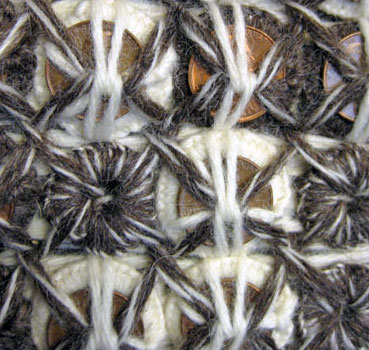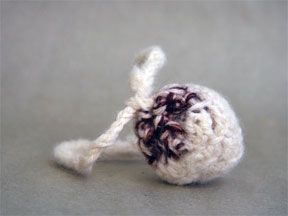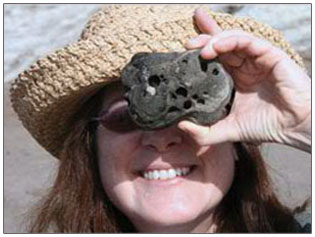Wall Pieces
I like the idea of quilt making and embroidery. Each is about bits bound together to make a whole, to tell a story.
Rather than using fabric as used in quilt making, I use metal, dried plant parts, roofing felt, and tree wrap. If I am using hardware cloth as an internal support, I apply a variety of needle work techniques to convert it into a piece of fabric. Then I use twine, wool, or rope in place of embroidery floss.
Artifact is often a component. I use materials that have aged nicely. If I must use a new material, I age it with wax, starch, shellac, heat, or fire.
I am especially found of objects that are sharp and pointy and dried bits from plants that are toxic or poisonous. I like the dichotomy–things that are beautiful while being potentially dangerous.
Cups
The cup is an object infused with the elements of daily ritual and intimacy. Every morning one has their cup of coffee, tea, or chocolate. The process of selecting the cup, making the drink, and cradling the cup as you bring it to your lips is quite intimate. These small events give life comfort, consistency, and perhaps a bit of control. What happens if you use the cup to store items of importance? How does that change the function of the cup and its contents?
Choosing words is similar to choosing your favorite cup. They are chosen to express ideas, feelings, and emotions, but also for how they feel when spoken. When words with negative connotations are encrypted do they exude negativity?
What is the story about using code?
I first used a code based on the name and birth date of a loved one for titles in the Tools for Rent Series. While researching types of code I found that I had made a substitution code.
My work on speech therapy software projects got me interested in how words are used, that many words have multiple meanings.
Binding had been an element in my work for several years, but I wanted the use of fiber to evolve. I began researching the historic use of fiber. And came to the realization that embroidery and knotwork seemed a good fit. Combining fiber and words in code seemed to make sense.
This is a detail from See A Penny. Fiber is knotted on washers–cream represents dots, brown represents dashes, and the striped fiber pieces are spacers.

The code is bound into the spaces of one inch fence. When I saw the result I got to thinking, if the viewer has not been initiated into the symbology does it matter? If the finished piece can be accessed through the materials, or the title does the viewer need to know what is in the code?
Poison
I became aware of poisonous plants when I was making a foraging garden for my house rabbit companions. It turned out that many of the plants I had growing in my gardens were in fact toxic. Toxic to bunnies and to people.
I was growing the plants because they offered something beautiful to view or an intoxicating fragrance. Turns out that some of those lovely and fragrant plants are used by some folks to get high. Unfortunately, because of a few irresponsible people, some of these plants are banned or in the process of being banned in some states.

Why should a plant be punished because some folks landed in hospital after abusing the plants? Why not punish the people who abused the plant?

Each cup in the Poison Cup Series has a seed bag that contains a potentially dangerous amount of a toxic plant. Or enough to make a lovely display in your garden. I think of the series as a way of preserving the plants. The cups in the series were designed as more of a potting cup than a drinking cup. The cups have holes for drainage which does not make for a good cup of tea.
